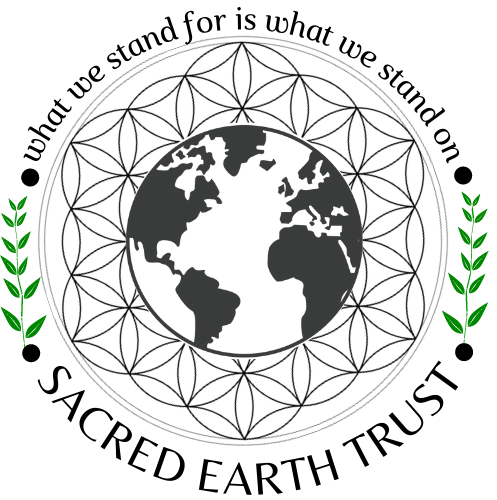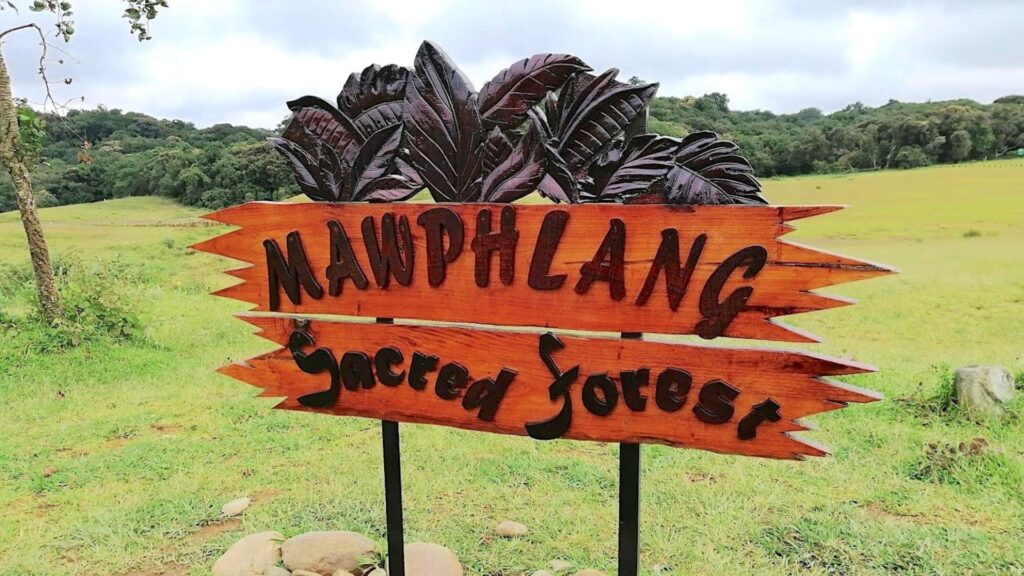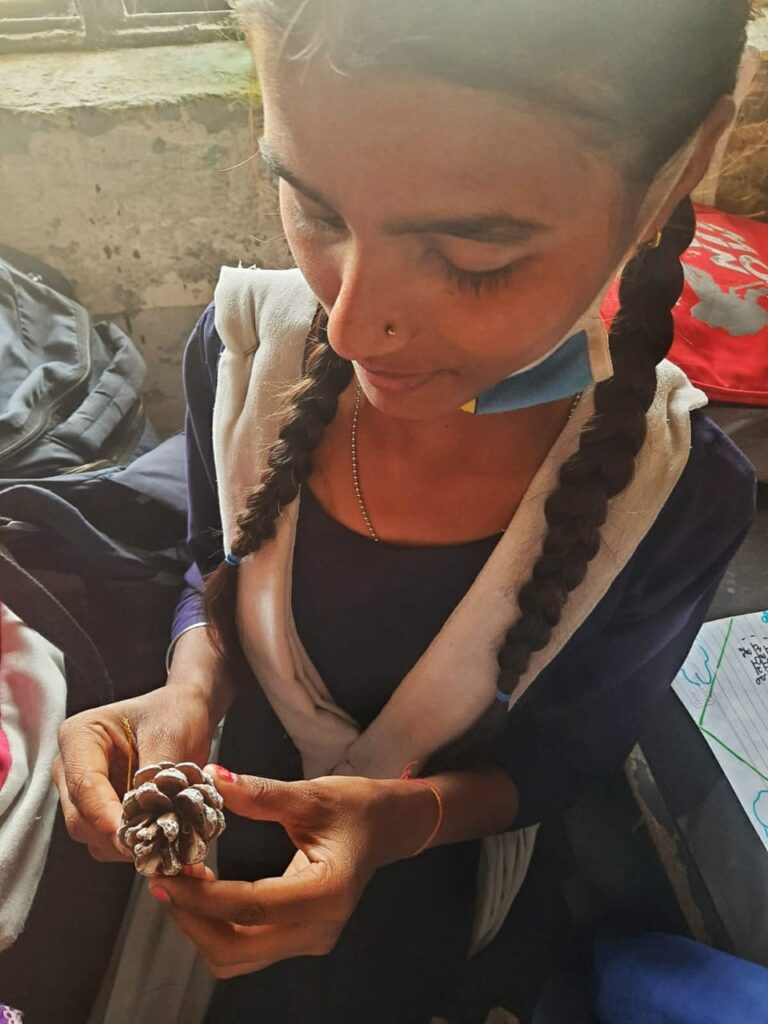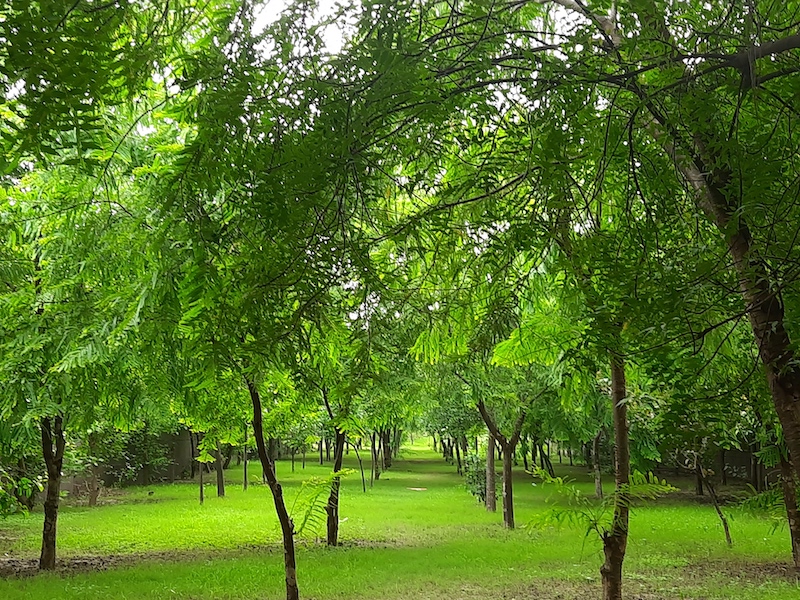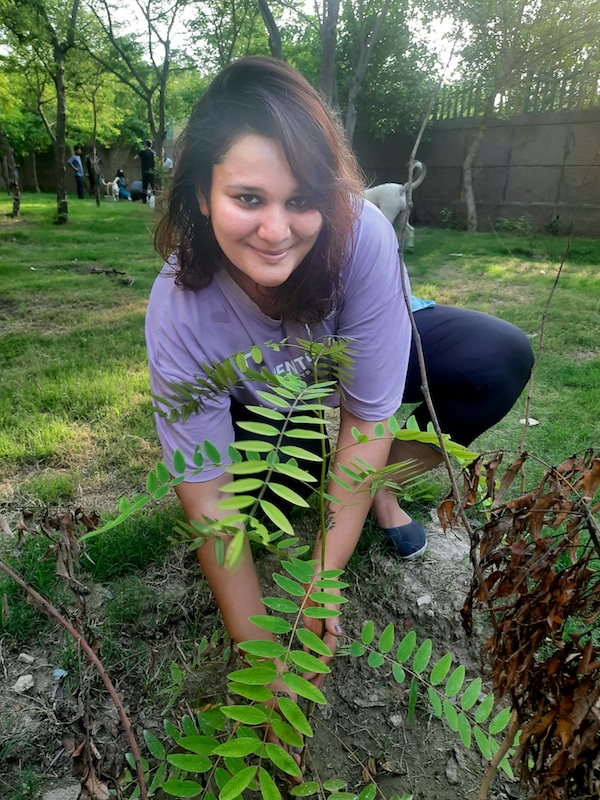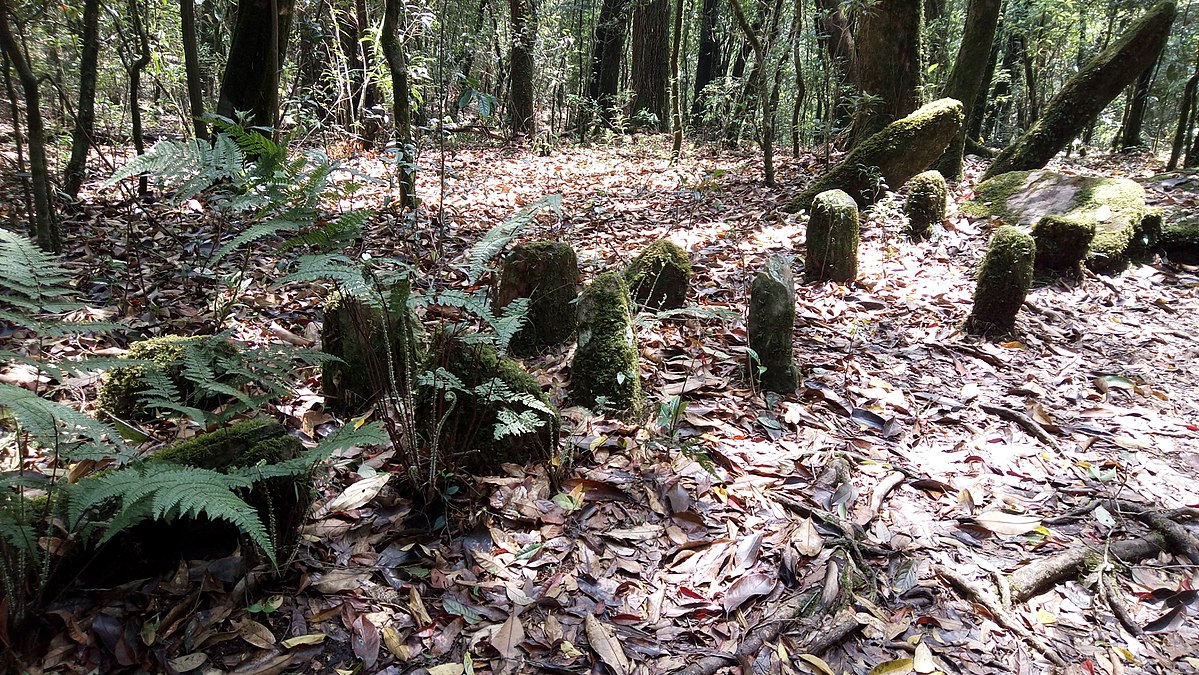
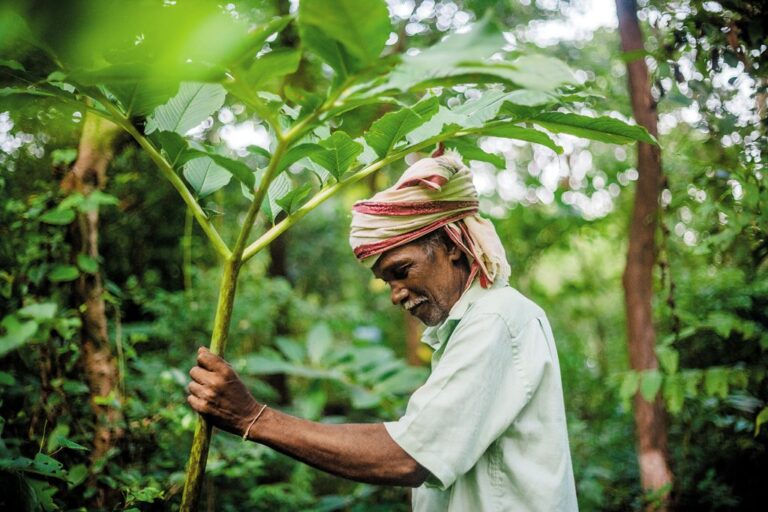
01
Habitat Restoration & Protection
The United Nations Decade on Ecosystem Restoration runs from 2021 to 2030. In a June 2021 report to help launch the decade, the UN called for nations to deliver on existing ecosystem restoration commitments, which in total add up to over 1 billion hectares, an area bigger than China. About half the world’s GDP is directly dependent on nature, yet mankind is depleting natural resources at about 1.6x the rate at which nature can restore them. The report advised that restoration efforts to address this could contribute about a third of the climate change mitigation needed by 2030, as well as protect nature and biodiversity, with significant benefits to humans in terms of physical health, mental health and economically.
Sacred Earth Trust is currently working towards creating urban, community managed green spaces which will aid in combating climate change, deteriorating air quality, shrinking wildlife habitats and much more We are focusing on establishing connectivity with existing forested areas and creating a mosaic of interconnected urban green areas which will increase the landscape’s ability to support biodiversity. These small patches of forests will also be established as community managed sacred groves to create additional social fencing through a revival of nature worship based belief systems. The selection of NTFP rich native species of flora will ensure community stake in the project sites. A community managed Sacred grove has already been set up in NOIDA, Uttar Pradesh.
Many studies have shown that the religious and cultural significance attached to sacred sites drive the sustainable utilization and conservation of native genetic resources (plant and animal) within sacred landscapes (Bhagwat & Rutte, 2006; Khan et al., 2008; Aniah & Yelfaanibe, 2016). Some other research findings have also pointed to increasing threats facing the continued protection of sacred groves, including diminishing observance of traditional rules and taboos (Onyekwelu & Olusola, 2014). A study has been initiated to understand the role of traditional knowledge and belief system for conservation of biodiversity through the protection of sacred groves
